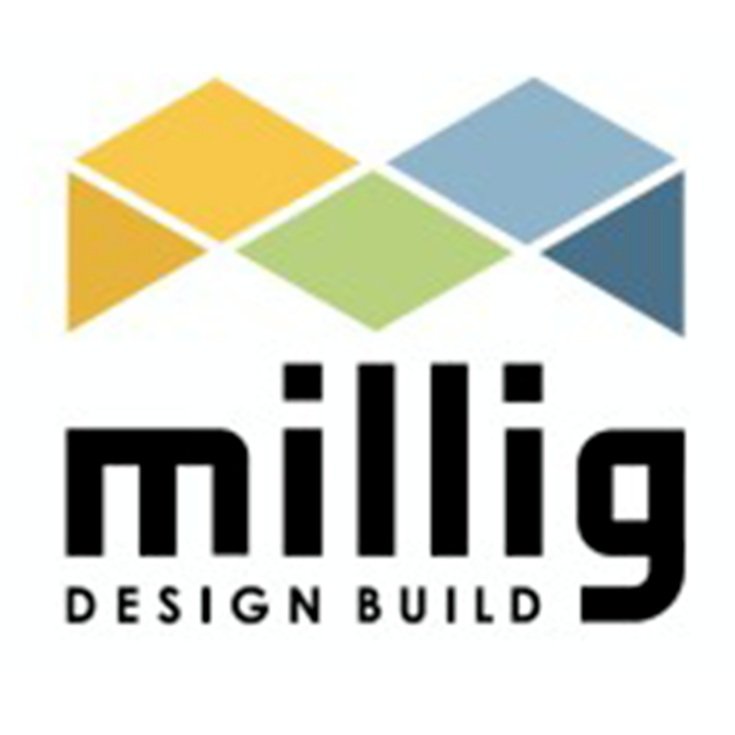
By Amy McVey
About VRF Systems
Variable Refrigerant Flow (VRF) systems have gained significant popularity in the realm of heating, ventilation, and air conditioning (HVAC) due to their ability to provide individualized comfort control across various zones within a building.
VRF systems primarily focus on energy efficiency, capitalizing on variable refrigerant flow control to adapt to the specific cooling or heating needs of individual zones. This zone-based operation facilitates the provision of customized thermal comfort, making VRF systems an attractive choice for both commercial buildings.
To help you better understand these efficient systems, let's delve deeper into the world of VRF, their types, components, and the pros and cons associated with their usage.
Types of VRF Systems: A Closer Look
VRF systems come in two main variants — air-source VRF and water-source VRF, sometimes referred to as hydronic VRF or water-cooled VRF. While both share the principle of variable refrigerant flow control, they differ primarily in their heat exchange mediums and system configurations.
Air-Source VRF
The air-source VRF systems utilize refrigerant as the heat exchange medium and ambient air as the heat source/sink. The system includes an outdoor unit housing components like the compressor and the condenser coil responsible for exchanging heat with the ambient air. The outdoor unit connects to the indoor units via refrigerant piping, enabling the refrigerant to circulate and exchange heat between the outdoor and indoor units.
These indoor units, available in configurations like wall-mounted, ceiling-mounted, ducted, and floor-standing units, are installed across different rooms or zones within a building. These units exchange heat with the circulating refrigerant, delivering cooling or heating as required. The sophisticated control systems of a VRF setup manage the operation of the outdoor and indoor units, ensuring peak performance, efficiency, and comfort.
Water-Source VRF
Water-source VRF systems employ water as the heat exchange medium, using a water loop as the heat source/sink. Unlike the air-source VRF, the outdoor unit in these systems is a water-source heat pump unit that transfers heat to or from the water loop. This loop circulates water between the outdoor heat pump unit and the indoor units, transferring heat through water rather than refrigerant.
Just like their air-source counterparts, water-source VRF systems also employ indoor units installed in individual rooms or zones and connected to the water loop. Their advanced control systems manage the operation of both the outdoor heat pump unit and indoor units, ensuring optimal system performance, efficiency, and comfort.
Heat Recovery VRF
An advanced iteration of VRF systems is the Heat Recovery VRF. These systems reclaim and redistribute heat from zones requiring cooling to those requiring heating. By doing so, they significantly enhance the overall energy efficiency of the system, making them particularly suitable for buildings with varying thermal demands, such as offices, hotels, and multi-family residential buildings.
Weighing the Advantages and Disadvantages of VRF Systems
While VRF systems present numerous advantages, it's essential to consider the potential disadvantages to ensure they meet your specific requirements.
Advantages
Energy efficiency: VRF systems' ability to modulate the compressor speed and refrigerant flow according to the building's cooling or heating needs reduces energy consumption, making them more efficient than traditional HVAC systems.
Zoning flexibility: VRF systems allow occupants to set their preferred temperature, and the system adjusts the refrigerant flow to meet the demand. This personalized comfort control leads to increased energy savings.
Scalability: VRF systems feature a modular design, allowing easy expansion or reconfiguration to adapt to changes in building requirements.
Quiet operation: Due to their variable-speed compressors and advanced control strategies, VRF systems typically operate with lower noise levels compared to conventional HVAC systems.
Space-saving: The absence of ductwork in many VRF configurations can save space and reduce the need for additional mechanical rooms or drop ceilings.
Advanced control systems: VRF systems use advanced control systems to manage their operation, ensuring optimal performance, efficiency, and comfort. They can also integrate with building management systems (BMS), providing centralized control of the HVAC system.
Disadvantages
Installation complexity: VRF systems demand careful design, planning, and skilled technicians for installation, as the refrigerant piping network can be complex and requires careful layout design.
Initial cost: The advanced components and design requirements of a VRF system can make its upfront cost higher than traditional HVAC systems. However, long-term energy savings may offset this higher initial investment.
Maintenance requirements: Due to the use of refrigerants and the complexity of the refrigerant piping network, VRF systems require more stringent maintenance to prevent refrigerant leaks and ensure optimal performance.
Refrigerant regulations and potential environmental impact: VRF systems use refrigerants that may have a high global warming potential (GWP) and are subject to strict regulations. Despite the development and implementation of newer, lower GWP refrigerants, refrigerant leaks could still pose a potential environmental impact.
In conclusion, VRF systems serve as a viable HVAC solution for buildings seeking high efficiency and customizable temperature control. Their flexibility and energy-saving potential make them a preferred choice, albeit with some considerations regarding installation, cost, maintenance, and environmental impact. Understanding these factors will enable you to make an informed decision about implementing a VRF system in your building.
About Amy McVey
Amy is passionate about increasing the environmental quality of the built environment and lowering the impact buildings have on climate change. As the Director of Marketing, Amy works closely with Millig Design Build’s interdisciplinary team to elevate thought leadership around energy efficiency, building health and safety, indoor air quality, and decarbonization. Before helping start Millig Design Build, Amy worked in advertising as a creative director.
OUR SOLUTIONS
Heating, ventilation, and air conditioning
Smart meters and building controls
On-site solar and other renewable energy systems
LED lighting retrofits
Building envelope improvements
Water systems
CHP-Cogeneration
And more
CONTACT US


